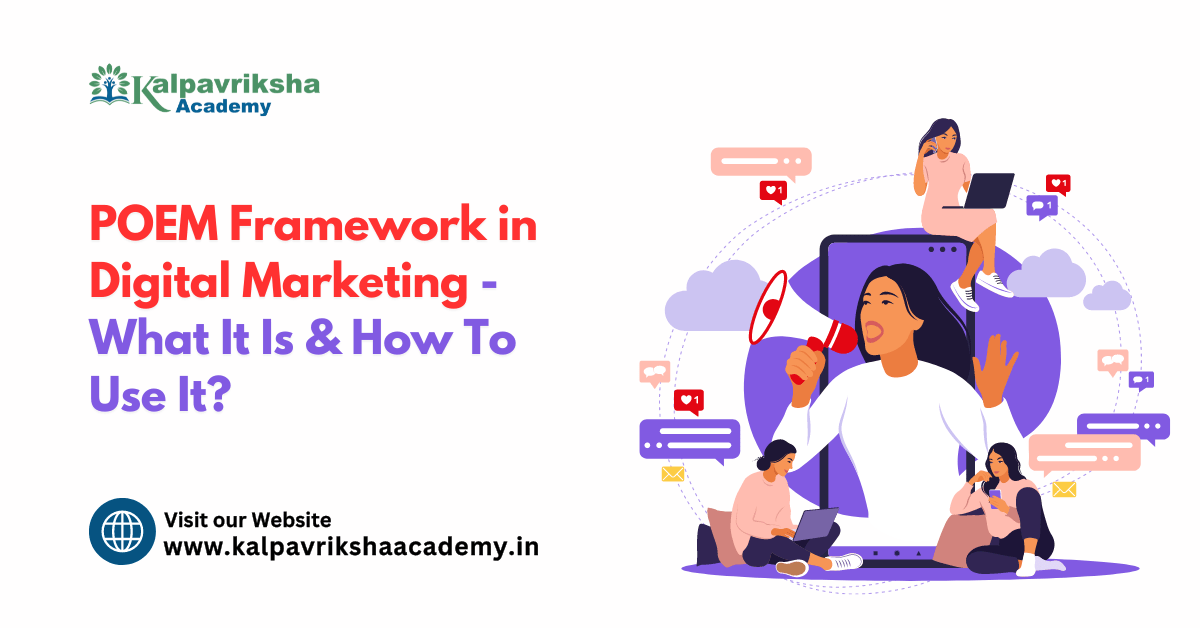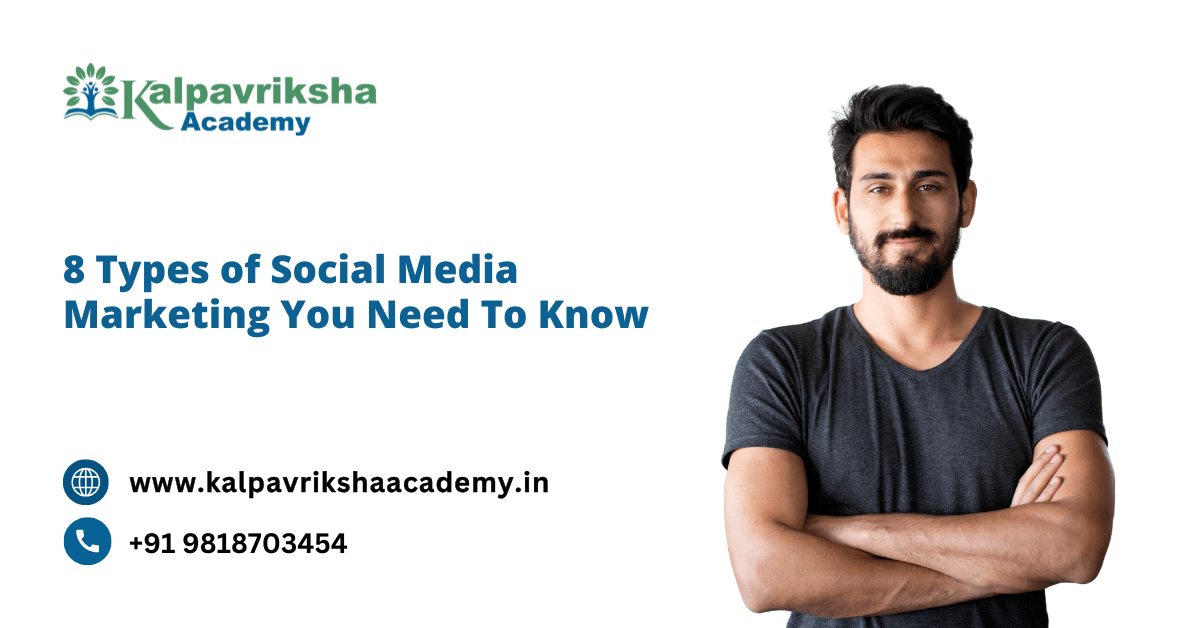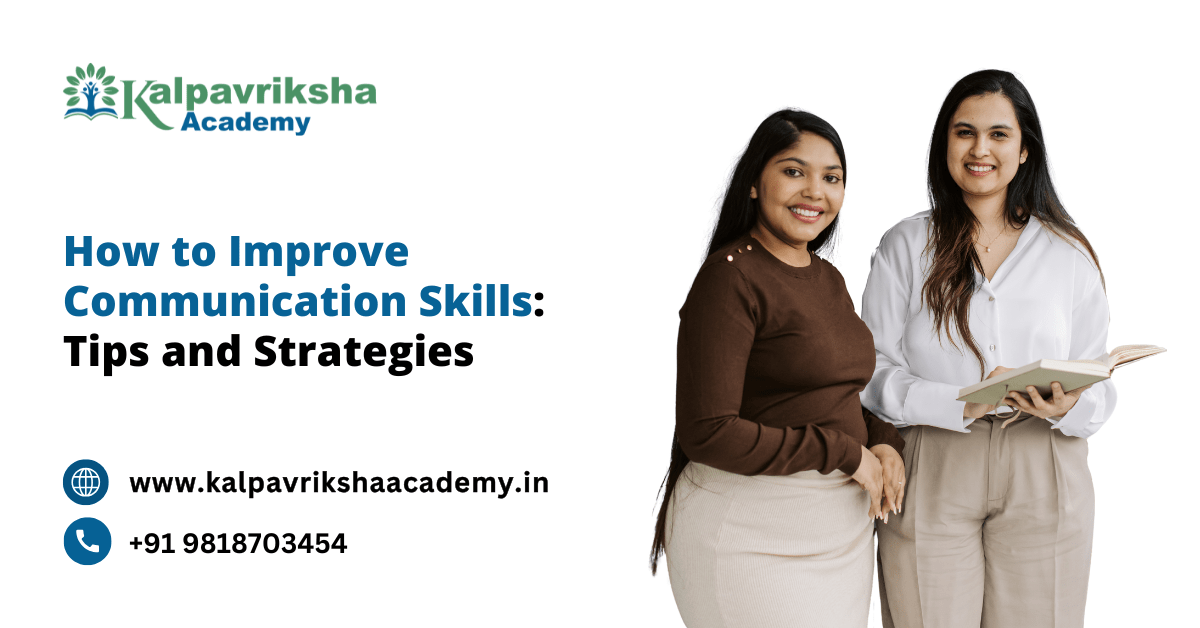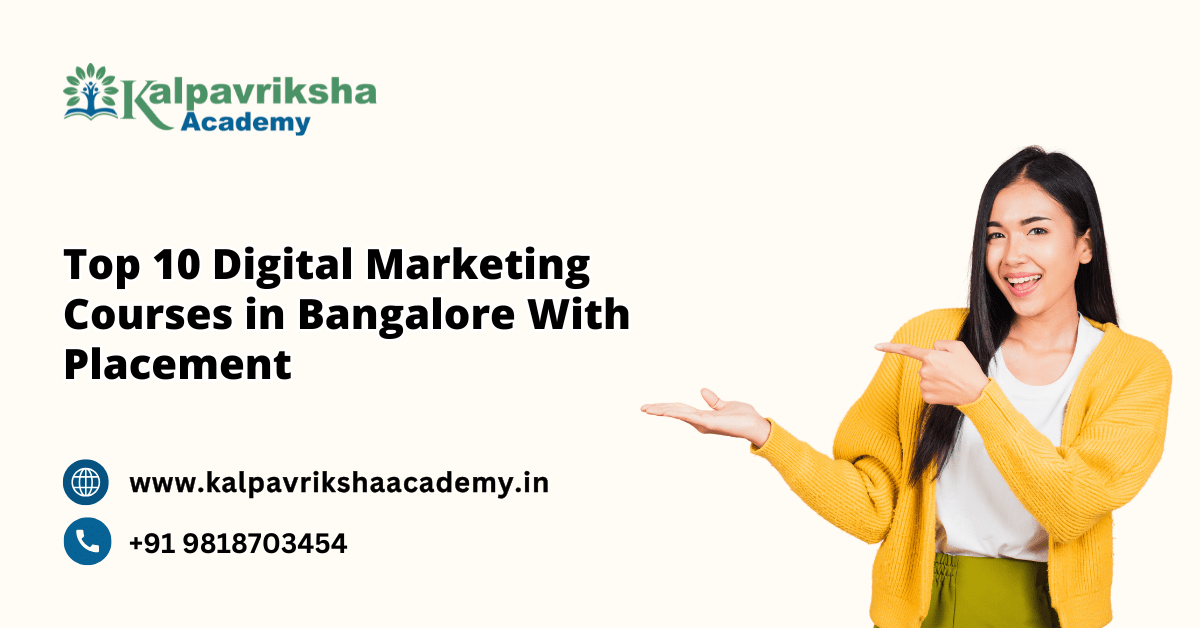What is the POEM Framework in Digital Marketing?
The POEM framework in digital marketing is the simplest means of understanding how a brand can share its message online. POEM stands for Paid, Owned, and Earned Media. Paid Media is when a brand pays to show ads, like on Google or Facebook, to quickly reach as big an audience as possible.
Owned media would include items over which the brand has control, such as its website, blog, or social media pages, on which it publishes its content. Earned media involves others talking about the brand; customer reviews or social media shares are great examples of that in social media strategies.
That is free advertising of sorts, because people believe others rather than the company’s advertising. All three put together enable a brand to reach more people and build trust effectively.
Benefits of Digital Marketing POEM Framework
The digital marketing POEM framework helps businesses understand how to effectively use Paid, Owned, and Earned media to maximize their marketing efforts and achieve their goals. here are the following benefits of digital marketing POEM framework:
- Quick Results: The Paid media can drive organic traffic to the website.
- Improved Visibility: The Ads show up in the right positions both at search engines and social platforms, hence increasing brand awareness.
- Measurable Performance: You will be able to easily track the performance of the ads and change the strategies whenever needed.
- Cost Efficiency: After set up, owned media often has a much lower media cost than paid media.
- Engage: You can interact with your audience directly through comments, emails, and interactions.
- SEO Benefits: Quality content on owned media can improve your search engine rankings.
- Free Exposure: It offers exposure at no direct expense and It comes from outside sources.
- Organic Reach: The earned media reaches a level of audience that is not necessarily targeted by paid efforts.
- Better Reputation: Social media marketing and media attention greatly enhance your brand’s reputation.

What Does the POEM Framework in Digital Marketing Stand For ?
POEM defines how digital marketing structures a brand or business in communicating its message online. And simply POEM framework in digital marketing stands for Paid, Owned, and Earned Media.
1. Paid Media
Paid media refers to the process of paying for an advertisement on websites like Google or Facebook. It allows quicker promotion to more people.
Examples of paid media
These are some of the common example of paid media
- Google Ads
- Facebook Ads
- Sponsored posts
- Banner ads
- YouTube ads
Benefits of paid media
The most effective way to quickly reach a large number of people and share information to a worldwide audience is through paid media.
With the help of paid advertising, it is possible to define the people to whom your advertisement would be most suitable. This means you will be only supplying advertisements to the same people who want the same products that you are offering.
You can decide when and where your ads come on, and which time and place are the best to be focused on.
You can set a budget to control how much you spend, and you will be charged only for the ads you opt for, so it is virtually risk-free.
Drawbacks of paid media
Paid media platforms are typically highly expensive, and you will need to replace and remove advertisements on a regular basis.
Because they see so many of your advertisements every day, some people might choose to ignore them entirely .
As soon as you stop paying for your ads, they stop showing, so you will no longer receive any benefit from them.
Establishing a solid, long-term business relationship with customers may be damaged by this strategy.
2. Owned Media
Owned media refers to those channels that one owns, such as your website, blog, or social media pages. This is your own channel, which you can use to distribute your content.
Examples of owned media
These are some of the common example of owned media
- Website
- Blog
- Email newsletter
- Social media pages
- Mobile apps
Benefits of owned media
Owned media is a kind of media on which business has full control over, they can use it to create, and maintain their brand message through platforms like websites, blogs, and social media channels.
It’s cost-effective since there’s no need to pay for external space or time, and it helps build long-term customer relationships through consistent engagement.
Along the way, owned media will be playing an important role in SEO. It will also help to drive organic traffic in the future.
Drawbacks of owned media
However, the drawbacks include the requirement for ongoing time and resource investment in order to keep the content current and relevant.
In comparison, paid media could require time to become popular. Also, brands could consider it as less reliable because it is made by the business itself.
Last but not least, owned media could fail to gain widespread popularity or an engaged audience without the right promotion.
3. Earned Media
Earned media takes place when other people discuss your brand; an example of this would be when a customer writes a review or shares a post. The benefit of third-party promotion is that it offers free publicity.
These are some of the common example of earned media
- Reviews
- Social shares
- Mentions
- Media coverage
- Guest posts
Benefits of Earned media
The biggest benefit for earned media is its credibility and trust. So the audience will place a higher credibility on the news, which is the most valuable thing for the brand.
In addition to that, another benefit is the greater accessibility of the medium to the viewers who are more likely to add to it or to make it viral through their further sharing on social media.
The earned media is simply a risk-free way of marketing because it may work without any direct financial investment as paid media does.
Drawbacks of Earned media
Even though it is filled with benefits, it among other things comes with drawbacks. It is very unpredictable, and not to control, since it highly depends on others, who are the source of the news.
In addition to taking up the buyer’s time, this costs the buyer money, which they give to the creator. And, Those who use earned media must maintain a brand image, develop relationships with influencers, and produce shareable content.
Bad news can spread quicker than the positive ones, thus, the earned media can be both beneficial and harmful.

Pros and Cons of POEM Framework Digital Marketing
These are the following Pros and cons of POEM framework digital marketing:
Pros:
- Comprehensive Approach: The POEM marketing models one of the benefits is that it provides an all-around view of digital marketing through the combination of several channels to push the message across as large an audience as possible and to be the most effective.
- Flexibility: Marketing professionals are still able to apply other decision-making strategies when they have the necessary resources and objectives, so they can switch between the three types of media (paid, owned, and earned).
- Data-Driven Decisions: The POEM framework stands behind the use of data and analytics to launch campaigns in the most optimized way, the result of which is the driven return of investments along with the successful control of technology and media resources.
Cons:
- Complexity: POEM implementation can be difficult because it requires the connected efforts of multiple teams and an in-depth understanding of each media type.
- Measurement Challenges: It is quite problematic to have direct and exact measurements of the relatively immeasurable components of the marketing strategy, like earned media, and to understand their role in the campaign’s overall success.
- Resource-Intensive: The Handling of all three media types well demands a generous resource allocation including time, budget, and expertise.

The Future of POEM Model in Digital Marketing
The future of digital marketing in the POEM model is excellent, as it allows them to connect with the audiences in a very different manner. Because consumers are increasingly looking for authenticity, so poem will help create deep emotional bonds through powerful storytelling.
Through the use of poem in marketing campaigns, a brand can be recognized in the world of digital media and personalized content can be produced. The poem is an important development in the rapidly evolving field of digital marketing thanks to this innovative strategy that improved brand identity and further diversified the content.
Learn Advance POEM Framework Strategies with Kalpavriksha Academy
If you are looking to learn promotional strategies by the POEM framework in digital marketing then enroll at Kalpavriksha academy . Our approach is to educate you with all the methods and strategies of the POEM framework. So don’t wait further to enroll at Kalpavriksha academy to explore our comprehensive promotional techniques to elevate your business.
FAQs
1. What is the POEM Framework in digital marketing?
The POEM Framework is a model used to classify different types of media and content in digital marketing. It stands for Paid, Owned, Earned, and Media.
2. Why is the POEM Framework important?
The POEM Framework helps marketers understand how different types of media can work together to achieve their goals. It also aids in planning and setting resources effectively across various channels.
3. How can businesses apply the POEM Framework?
Businesses can apply the POEM Framework by evaluating their current media assets and efforts, then developing a strategy that integrates Paid, Owned, and Earned Media to enhance their overall marketing performance.
References
https://www.engati.com/glossary/poem-model
https://www.ontomatrix.com/introduction-to-poem-model/
https://nestershub.com/blog/poem-framework-in-digital-marketing/
https://marketingcourseguide.com/poem-framework-in-digital-marketing/










